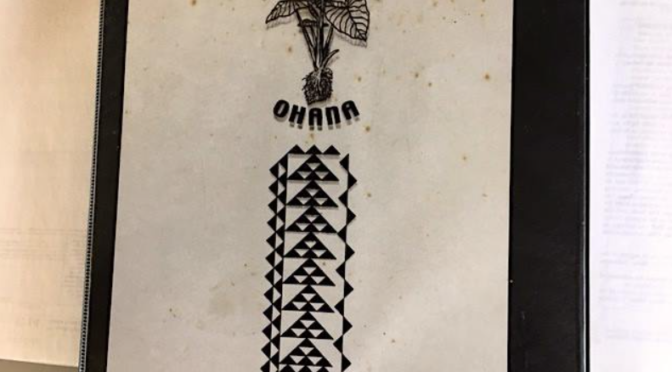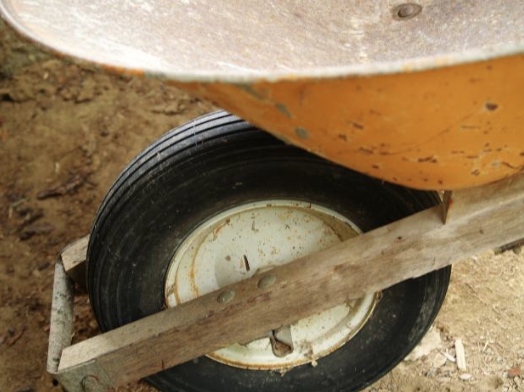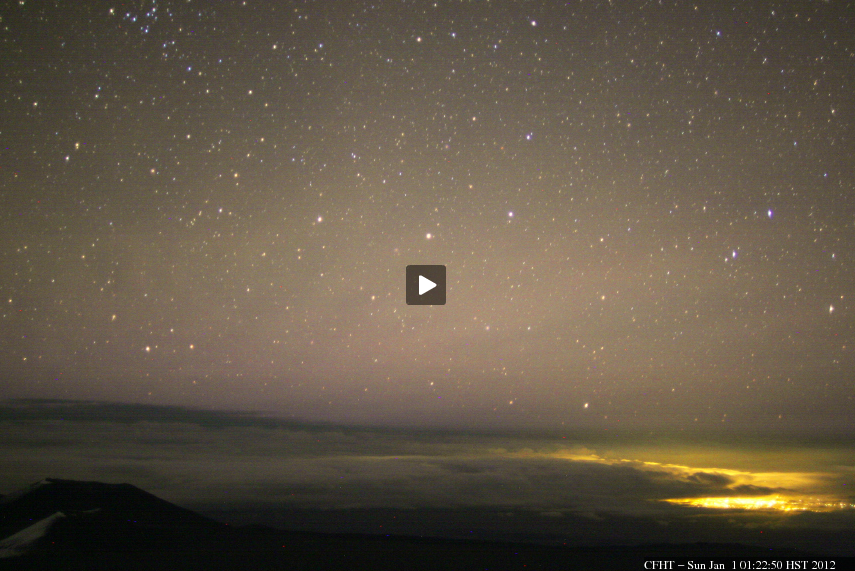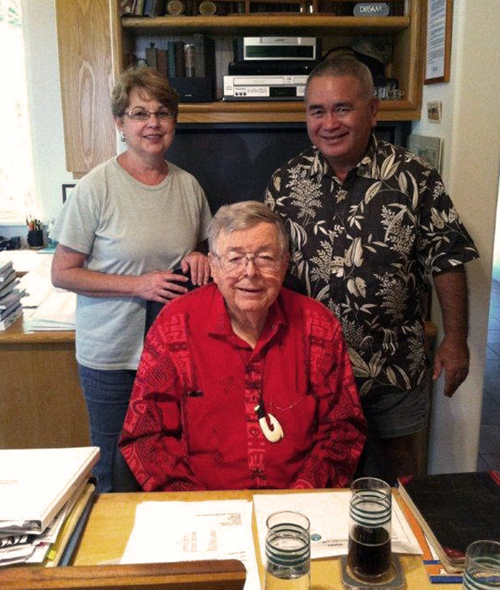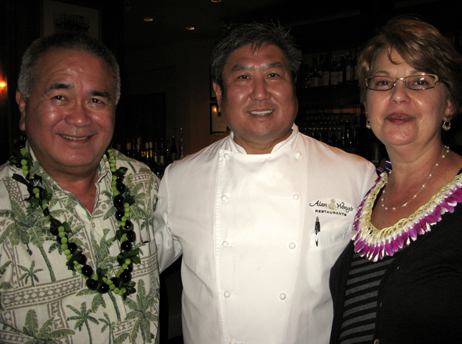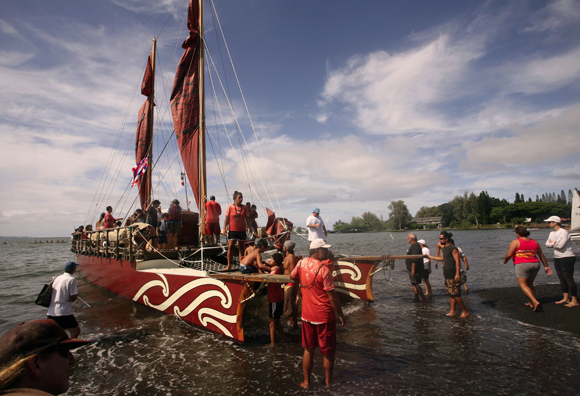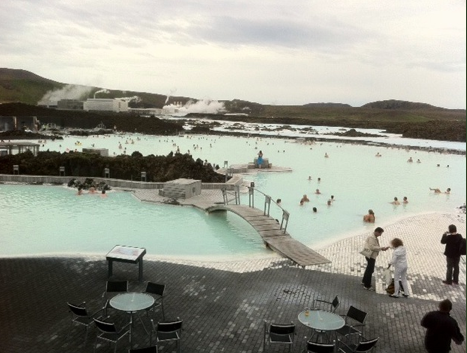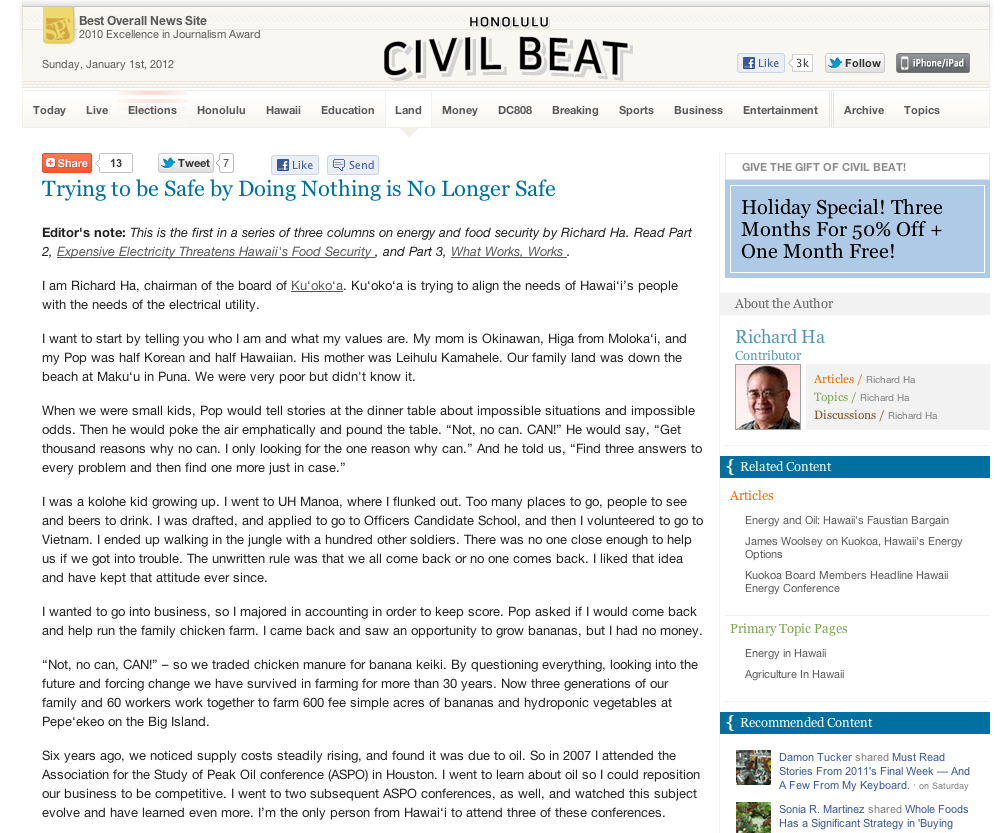Reposting a story I wrote several years back:
I just received a really interesting email about my Tutu Meleana. It was from my cousin Danny Labasan, and I’m copying it here with his permission:
I am the last son of Elizabeth Kamahele. I’m not sure if we met but we could have. I was so young way back then, I can’t remember who all of my cousins are. But I do remember once we went over to the chicken farm. I don’t know if Kimana or Kuuna was your dad. They were in Makuu all the time.
But how this writing came about is that I am doing some Kamahele family tree background. And while doing some Internet checks I ran across your articles via Hamakua Springs.
I just want to say that the stories you write, especially about Tutu, Uncle Sonny, the Maku‘u land, are so so so soo great. It’s like I am still there.
I wrote back that I know of him, though I don’t remember if we met either. His mom was Aunty Elizabeth, and I told Danny I have fond memories of her. I told him my dad was Kimana, which was a Hawaiianization of Kee Mun Ha, the name my dad’s Korean dad gave him.
Danny told me this great story about Tutu Meleana, who lived there at Maku‘u. Though Danny and I are near in age, Tutu was Danny’s grandmother and my great-grandmother.
The pond that you spoke of (Waikulani) where Tutu took you, and us as well, to fish as little kids – I have a story to tell about it. I will never forget it because it’s why I hate puhi (eel).
On one particular day, Tutu and my mom Elizabeth went to this pond. We swam and fished. Aunty Elizabeth caught lots of ‘opihi and Tutu caught some haukeuke. Then Tutu showed us how to clean the fish, the ‘opihi and haukeuke. We were on the rocks just feet from the ocean water. I was probably 6 years old. This will be hard to believe but a puhi came flying out of the water and grabbed hold of Tutu’s bicep. I will never forget seeing this snake-like creature attached to Tutu’s arm. I screamed until I hyperventilated.
But Tutu was so calm. She grabbed hold of the puhi’s head, pushed it against her arm and the mouth of the puhi opened up, and Tutu was able to remove the puhi from her arm. She cut the head off. Patched up her arm and we walked back to the house. An experience I will never forget. I still hate puhi.
My brother Allen, he was called Eloy during those days, would take us fishing in Kukuihaele where we lived and he would show us how Uncle Sonny and cousin Kalapo would catch puhi. Unreal.
Waikulani
What a story. Waikulani Pond is not exactly a pond. It was a place where the large waves outside would break on a protective ring of pahoehoe, and small swells would roll gently across what looks like a pond. One would have to jump from rock to rock to get to Waikulani. The bigger kids could do this, no problem.
The small kids would all go poke around in this tiny, protected cove, looking at ocean animals, and would sometimes see the dreaded puhi.
Great story, Danny. Thanks again.
See also:
Maku‘u Stories, Part 1: My Kamahele Family in Maku’u
Maku‘u Stories, Part 2: Frank Kamahele
Maku‘u Stories, Part 3: Uncle Sonny Kamahele

